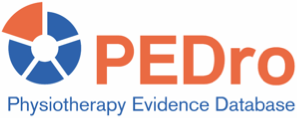Idiopathic scoliosis is a S-shaped curvature of the spine, defined as having a Cobb angle of 10 degrees or more. Without treatment, progressive spinal deformities can limit cardiorespiratory function, coordination, balance, and quality of life. Non-surgical approaches to adolescent idiopathic scoliosis include conventional rehabilitation (eg. braces, and standard care ) or physiotherapy scoliosis-specific exercise (PSSE) . PSSE includes Schroth therapy, Scientific Exercise Approach to Scoliosis (SEAS) therapy, and Side-Shift Therapy. This systematic review aimed to determine the efficacy of PSEE in improving the Cobb angle in adolescents with idiopathic scoliosis compared to conventional rehabilitation.
Eight databases were searched for randomised controlled trials (RCTs) published in English and Chinese. Studies with poor methodological quality or incomplete data were excluded. Eligible studies included adolescents diagnosed with idiopathic scoliosis according to the 2016 SOSORT guidelines. The intervention was any PSSE-based rehabilitation such as Schroth, SEAS, BSPTS, Dobomed, Side Shift, FITS, and Lyon. The comparator was any conventional rehabilitation including brace therapy, core training, regular exercise, proprioceptive neuromuscular facilitation, or standard care. The Cobb angle was the primary outcome of interest with secondary outcomes include angle of trunk rotation (ATR) and quality of life, as measured by the Scoliosis Research Society – 22 item questionnaire (SRS-22). Study selection and assessment of methodological quality, using the Cochrane Risk of Bias Tool, were performed by two authors. Evidence certainty was not assessed. A meta-analysis pooled the trials, with forest plots used to summarise and compare trials. A random effects model was used if significant heterogeneity was found (I2>50%).
Seventeen trials, involving 724 participants, were included. Trials investigated five types of PSSE therapies: Schroth combined with SEAS therapy (n=1), Schroth combined with brace therapy (5 trials), Schroth alone (7 trials), SEAS alone (3 trials), or Side-Shift therapy (1 trial). Interventions ranged from 30-90 minutes per session, 1-7 days a week for 6-52 weeks. Conventional therapies included bracing (7 trials), standard care (6 trials), core training (2 trials), PNF (1 trial), or regular training (1 trial). Unclear or high risk of bias was due to lack of concealed allocation (11 trials); blinding of participants or personnel (11 trials); blinding of outcome assessors (9 trials); and selective reporting bias (9 trials ). The frequency of adverse events was not reported in the systematic review.
Compared to conventional rehabilitation, PSSE therapies improved Cobb angle (SMD = -1.11, 95% CI: -1.59 to -0.64, n = 724, 17 trials, I2= 89%); ATR (SMD = -1.05, 95% CI: -1.52 to -0.58, n = 622, 13 trials, I2= 85%); quality of life (SMD = 0.61, 95% CI: 0.16 to 1.07, n = 333, 7 trials, I2= 74%). Amount of improvement in Cobb angle differed by intervention duration: 6-24 weeks (SMD = -0.77, 95% CI: -1.11 to -0.43, n = 150, 5 trials, I2= 1%); 24-52 weeks (SMD = -1.04, 95% CI: -1.29 to -0.79, n = 287, 6 trials, I2= 7%). Amount of improvement in ATR also differed by intervention duration: 6-24 weeks (SMD = -0.37, 95% CI: -0.7 to -0.04, n = 150, 5 trials, I2= 0%); 24-52 weeks (SMD = -1.53, 95% CI: -2.22 to -0.84, n = 472, 8 trials, I2= 89%).
PSSE therapies may improve body posture, trunk rotation, and quality of life in adolescents with idiopathic scoliosis compared to conventional rehabilitation.
Dong H, You M, Li Y, Wang B, Huang H. Physiotherapeutic Scoliosis-Specific Exercise for the treatment of adolescent idiopathic scoliosis: A systematic review and network meta-analysis. Am J Phys Med Rehabil. Published online May 10, 2024. doi:10.1097/PHM.0000000000002524



